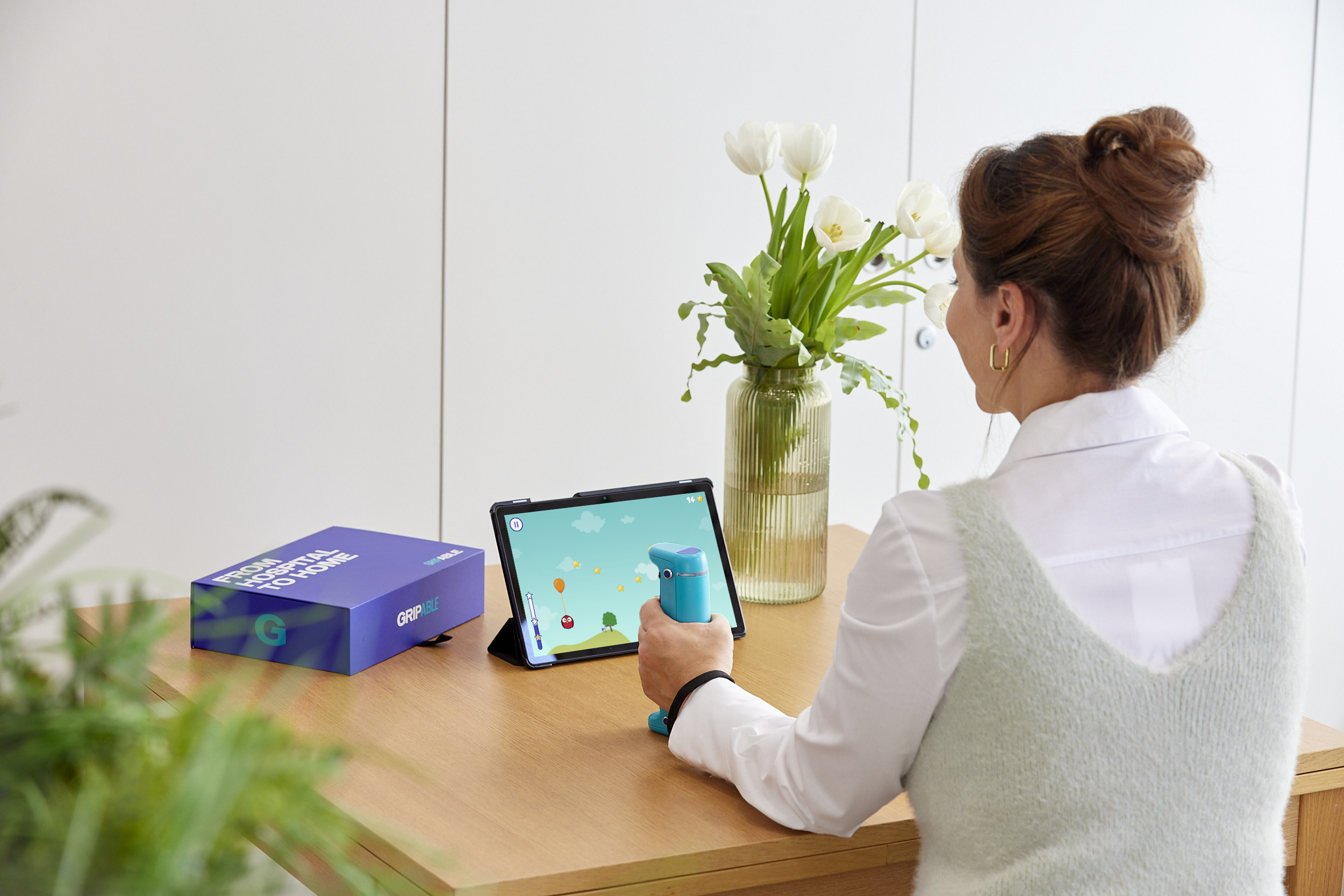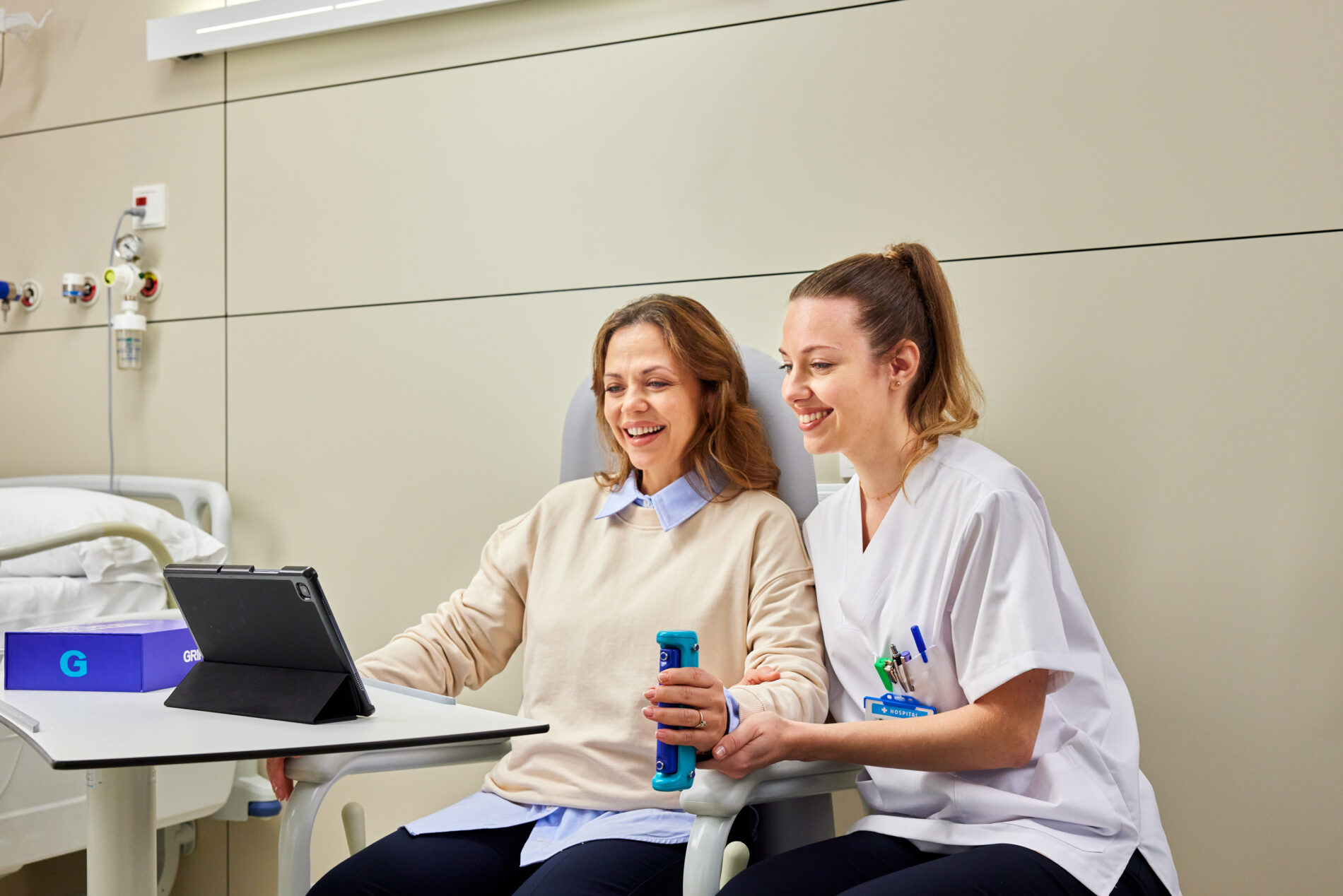The Role of Health Technology in Patient Satisfaction
Through time, businesses have adapted towards a more consumer-based economy, where they’re choosing to put the customer experience at the center of everything they do.
Assuring that consumers are pleased with their transactions has been increasingly important, especially due to customers being more inclined to leave reviews online. Whether a person needs to purchase a tube of toothpaste, a car, or even a cup of coffee, they can find a myriad of reviews and online resources to aid in guiding their purchase. Consumers are looking for assurance that they’re making a smart purchase while having a positive purchasing experience, making consumer satisfaction a top priority.
The healthcare industry, in this scenario, is no different. Providers are often asked to implement new technologies to help increase patient satisfaction, deliver quality care in shorter appointment times, and more. With this recent shift to more consumer-focused business practices, it has become more important than ever for providers to ditch the antiquated approach to healthcare, and utilize modern technology and techniques to enhance the patient experience.
In this blog, we highlight four primary ways that technology can improve patient satisfaction rates, and important factors to keep in mind when implementing new methods into a healthcare practice.
1. Improving Access to Care
The integration of technology into most everything we do has contributed to consumers’ desire for immediate satisfaction. In healthcare, this need for having information at our fingertips has led patients to wanting a simpler way to access personal health information, treatment plans, test results, and more. Though technology has long been helping improve access to care, the Covid-19 pandemic fast-tracked the implementation in many situations and brought to light the core benefits of remote patient monitoring, even beyond methods like telehealth.
Modern products and softwares used for remote patient monitoring have not only granted patients with prompt access to their treatment plans, etc., but has also allowed providers to have a more holistic understanding of patient wellbeing through having insight into more information than they’d typically be able to gather during an appointment in the past.
GripAble is a great example of improving access to care through technology, as our product can give providers information about patient improvement at home, and adherence to rehabilitation programs too! All of this drives patient satisfaction, as care becomes more convenient for a patient to receive.
2. Enhancing Communication
Though providers are often pressured to reduce appointment times, studies have shown that better communication skills between therapists and patients has been linked to increased satisfaction and happiness, making it incredibly important for providers to maintain effective communication with their patients.
Technology has alleviated that strain by integrating softwares that collect data remotely, and provide quick summaries to providers so that they can communicate with patients more efficiently. It’s more than messaging platforms; it’s implementing a successful patient portal and products that are going to be the lead way in the growth of a practice, and give patients the confidence to access what they need.
Fun fact: GripAble is helping its users with this through a unique therapist dashboard that is starting to roll out on the market!
3. Personalizing Patient Care
Thanks to ever-evolving technologies, health professionals can begin determining a diagnosis and which sort of care they’ll likely provide to their patients even before they visit the office. Many providers will use tech-driven tools, like wearables such as fitness trackers and smartwatches, to utilize the data gathered on their patient’s health goals to ultimately provide them with a more personalized, custom experience and treatment plan. By incorporating these technologies into practice, providers can create individualized treatment plans for their patients, which can lead to greater patient satisfaction.
Tip: When looking for a solution that increases personalized patient care, look for products that synthesize data into a format that is quickly and easily accessible to reduce your patient’s chances of an information and data overload.
4. Patient Motivation
The connection between technology and patient satisfaction not only includes valuable communication and a quick access to care, but can implement ways that patients can track goals and progress, which often aids in increasing motivation. To help motivate patients to stay positive during treatments and exercises, offer products that adhere to motivation and reach therapeutic milestones.
For example, for those who are doing physical therapy for upper limb extremity injuries, GripAble offers a wide variety of games that are well-loved across a variety of age groups, from tech savvy teenagers to tech-adverse elders. Our device shows progress, which is successful in showing patients that their hard work is paying off, or educating them on ways they can change their exercise schedule to continue reaching their potential! Increasing patient motivation is often linked to making them happier, healthier and satisfied with the healthcare providers they want to build trust with.
Overall, health technology can drive patient satisfaction by improving access to care, enhancing communication between patients and providers, and providing more personalized care. With the right health technology solutions in place, healthcare organizations can ensure that they are providing the highest quality of care for their patients while simultaneously increasing patient satisfaction levels.

